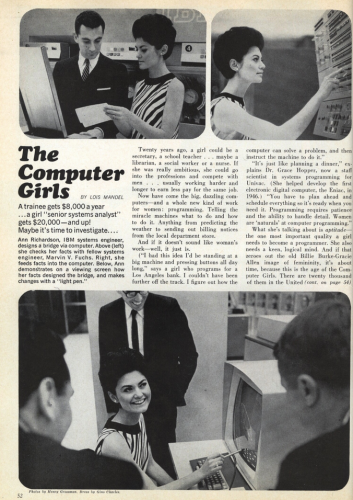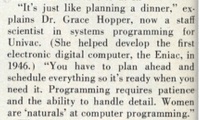Emily H. sent in a great example of gendering kids’ products. She looked at kids’ luggage on the Target website and noticed a significant difference in the boys’ and girls’ version of one brand. The boys’ version, in the standard blue, is called “Embark Boy Pattern Pilot”:
The girls’ version is identical in size and construction. The girls’ versions are pink and purple, but that’s not the difference that drew Emily’s attention. Take a look:
Notice the name? Where the boys’ version is for pilots, the girls’ appears to be for the pilot’s assistant. Just a nice little example of the normalization of the idea that girls are supportive helpers to the boys who direct the show.














